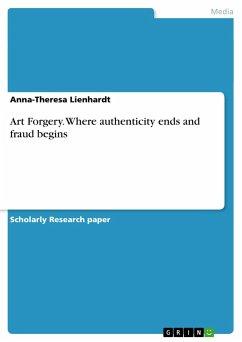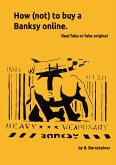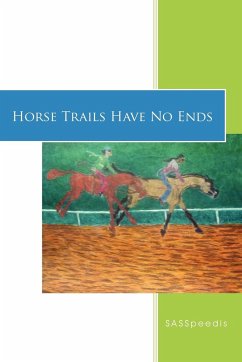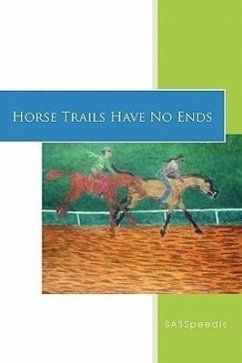Research Paper (undergraduate) from the year 2013 in the subject Art - Overall Considerations, grade: 7.5, Maastricht University, language: English, abstract: The research paper presents the different points of view which exist concerning art forgery and explains the reasons why these are diverging in such a way. At first, the paper asserts that art forgery has to be defined with the help of its contrary, which is the original and the term of 'authenticity'. However, the definition of an authentic or an original artwork yielded no useful results. Every generation, every society has an own notion of authenticity and the term ended as a contestable one. Nevertheless, the paper defines art forgery as an illegal imitation of another artist's artwork and its selling with the name of the original artist. In the following, the legal, the art world's and the economic perspective reveal that art forgery causes many differing notions about it. Legally, copyright laws exist to grant authorsexclusive reproduction rights and the only right on their property. Thus, art counterfeits are frauds whose originators have to be sentenced. The art world, however, is completely divided when it is about assessing an art forgery. A lot of people see it as mere pastiche and deny its aesthetic value, while others know to esteem the art forger's achievements and proficiencies. The economy, on the hand, sees art forgery as the creator of financial expenses and trouble within the market, but, on the other hand, it also accepts that art copying causes benefits and positive effects, too. Therefore, the economy's statement was to lower the restrictions of art forgery as this only leads to the loss of creative energy and art copying going underground. Finally, the case studies of Han van Meegeren, Andy Warhol and Susie Ray reveal the reasons for the controversies on art forgery: Some art counterfeits are legally clear cases, while others are highly contestable. There may be a legal way to forge works of art but do these copies have an authenticity or an 'aura'? And all the time, the art world is embarrassed, annoyed and furious as the forgery had made a fool of it. In the end, art forgery is a question of interpretation; there is no clear answer how to assess it in its whole. It always depends on the sight of view one takes.








